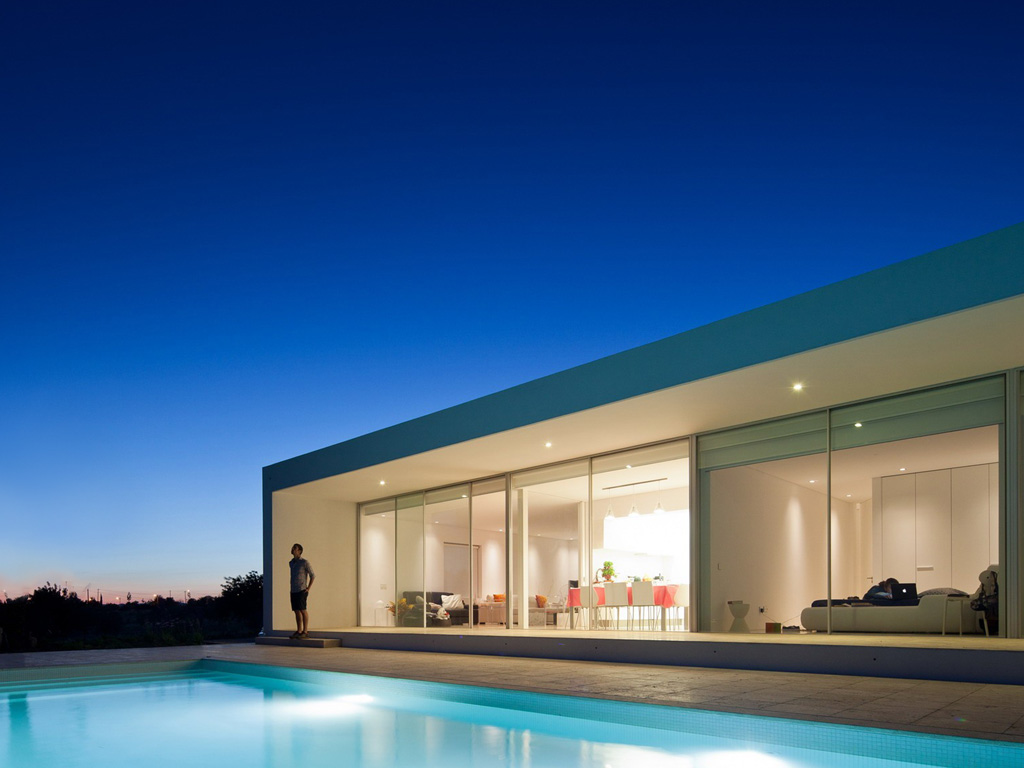

The building was constructed between 1873 and 1877 as a main arsenal building.
During the Second World War a third of the building structure was destroyed following an air raid on Dresden in February 1945.
In 2001 the entire building was advertised for redesign.
The contract was awarded to American architect Daniel Libeskind.
After seven years of construction, the museum was reopened on 14 October 2011.
The wedge-shaped, asymmetrical new construction cuts through the solid, classic old building.
A transparent façade made of metal slats is layered over the historic structure.
The new construction represents an incision, a disruption to the building and not only fundamentally modifies the external design but also the internal spatial structure.
The wedge is a symbol of organised violence. It breaks with the old authoritarian, rigid structure and its transparency represents openness to democratic society and the role of the military in Germany.
The original rendering of the classic, historical façade had to be restored. The chosen product had to be adapted to the remaining masonry of the old building.
Extracts available at www.das-neue-dresden.de:
An arrow points towards the city
“An impressive steel arrow that opens up the prestigious, 1875 fortified building to new prospects, strongly illustrates what has happened in this city and in our country (division of Germany) and inspires us to contemplate the disaster that arose from National Socialist Germany.
As you climb the exalting Wilhelminian steps to the museum, you are confronted by a visible fracture.
This break with the self-assured, imperial military pathos, which by 1914 had transcended the military strength of imperialist aggression in the First World War, then makes reference to the “Great War” and the fatal effects of the previous Franco-Prussian War of 1870-71, when the finally unified Germany became excessively heated.”
